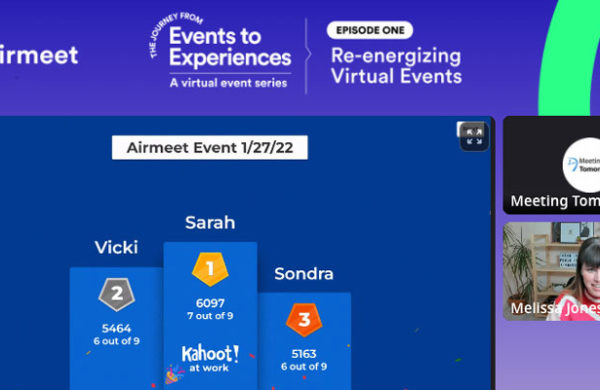
Giving a speech involves public speaking, which many people fear. It’s often listed as one of the biggest fears for people of all ages. Conquering their fear is one of only a few topics covered under the banner of speeches. The following information and resources help those preparing for a public speaking event.
You may feel uncomfortable or nervous prior to a speech. The only way to avoid the problem is by practicing the speech often and getting more comfortable around groups of people.
Speaking anxiety is any fear a person has in regards to speaking in front of a crowd. The first step involves realizing that you have a fear of public speaking.
Body language is a major component of public speaking. The wrong body language can turn off the audience and prevent them from listening to your speech. Proper posture and maintaining eye contact with the audience are important, as is minimizing fake hand gestures throughout the speech.
- How to Deliver a Speech : covers basic tips on controlling the body.
- Presentation Tips for Public Speaking : offers tips on using body language during a speech.
- Five Ways to Make Your Body Speak : shows ways to use body language positively during a speech.
Avoiding tangents is something that many people don’t consider when giving a speech. A tangent involves spending a large portion of the speech talking about something unrelated to the topic. The easiest way to avoid tangents is to write the speech out in advance and make sure all ideas relate to the main topic.
- Basic Speech Preparation : describes how to prepare an effective and concise speech.
Proper presentation is quite possibly the most important part of giving a speech. This involves dressing in a manner fitting the speech, using the right equipment, and acting professional throughout the speech.
- Ten Speech Tips : looks at ways in which to create a powerful speech.
- Tips from the Pros : offers tips from professional speech writers on writing out a good speech.
Memorization refers to the memorizing of the entire speech or only parts of the speech. Many public speakers prefer to memorize the key points and keep the rest of the speech on small note cards so the whole speech doesn’t sound forced.
- Informative Speech Topics : looks at using memorization as a technique in speech preparation.
Facing the audience is an important facet of giving a speech. Many people stare at their cards or the walls rather than watching the audience. This shows them that the speaker is acknowledging their presence and making them a part of the speech.
- 10 Fail Proof Tips for Delivering a Powerful Speech : offers easy to follow tips such as facing the crowd.
Visual aids aren’t always needed in a speech, but they can be helpful. Graphs, charts, pictures and other types of visual aids often help get the point of the speech across better.
- Speech Visual Aids : offers types of visual aids useful in a speech.
- Visual Aids : discusses the idea of using visual aids during a speech.
Handouts are likewise not always needed. Yet if the speech mentions a certain document, it’s often helpful to pass out copies. Others prefer passing out a handout of their speech, especially if it’s longer so that the audience can follow along.
- Supporting a Speech : shows how using the right hand outs helps a speech.
Preparing for a speech involves a variety of different things. Reading more and looking at different resources makes the process a lot easier.
Related Articles: Computers for Adults Over 50 | Checking Laptop Temperature | Giving an Effective Presentation | Choosing Reliable Internet Sources


